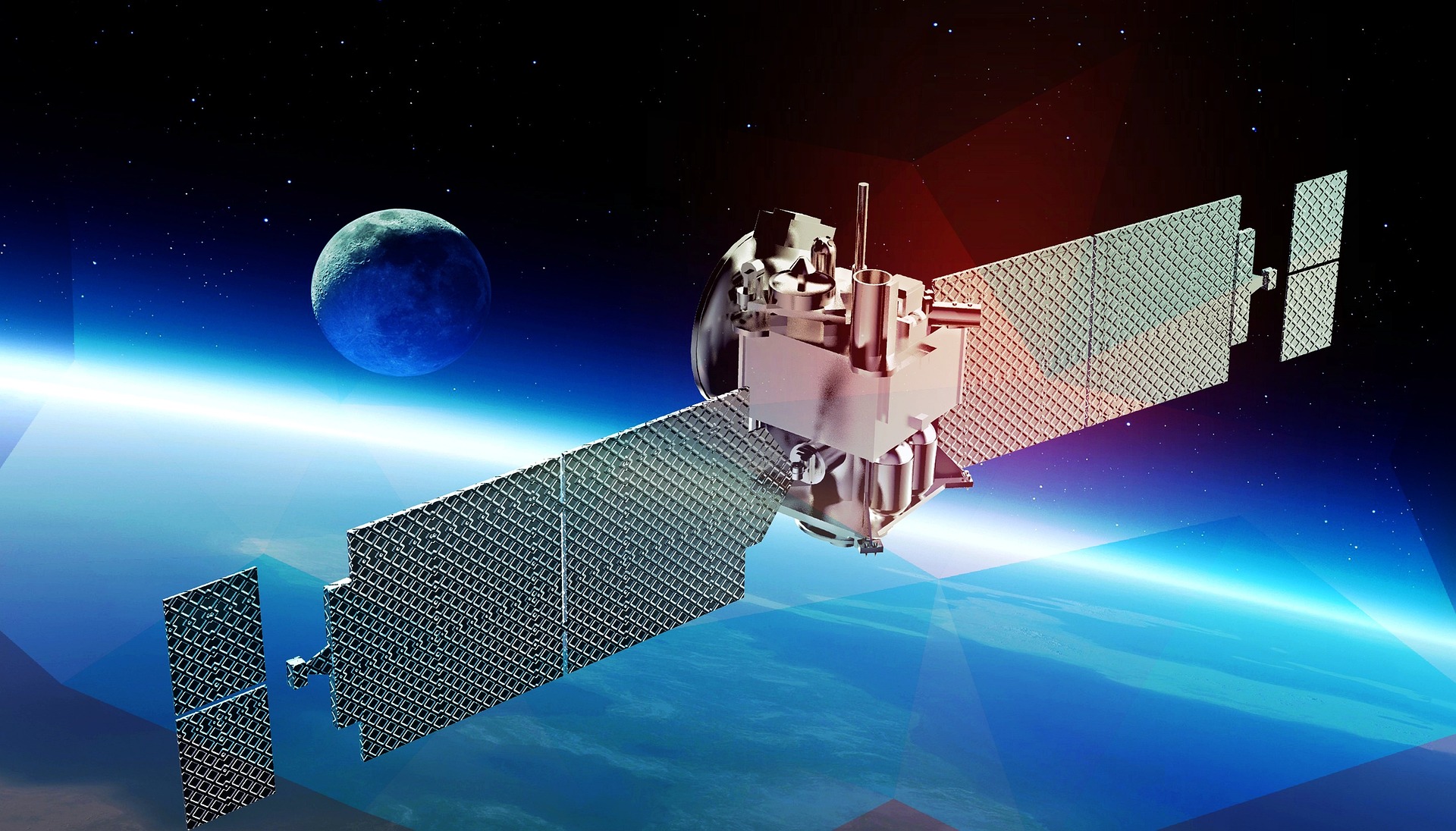Innovating The Internet: Submarine Fiber Optic Cables
We live in a globally connected world, yet few of us consider how that connection is maintained. Would you believe a considerable portion of global internet traffic relies on submarine fiber optic cables laid across the ocean floor? Here is an intimate look at this remarkable technology.
Submarine Cables: The Silent Workhorses
The first transatlantic telegraph cable was laid in the 1850s, marking the beginning of international telecommunications. Over a century later, in the late 1980s, fiber optic cables replaced copper as the preferred medium for undersea communication. These strands of ultra-pure glass, thinner than a human hair, now carry our voices, data, and digital lives across the depths of our oceans.
The Current State of Submarine Cables
There are approximately 380 undersea cables in operation globally today, spanning a total length of over 1.2 million kilometers. As bandwidth demand has surged, so has the number, capacity, and complexity of these cables. Each year, new projects add tens of thousands of kilometers to the existing network.
The Impact of Submarine Cables on Internet Connectivity
Submarine cables have a profound impact on global Internet connectivity due to their capacity and reliability. They are responsible for transmitting over 99% of all international data. Unlike satellites, which are more prone to latency and are capacity-limited, fiber optic cables provide fast, high-capacity, reliable connections between continents.
Challenges Associated With Submarine Cable Deployment
Despite their broad implications, the deployment of submarine cables is fraught with physical, political, and financial challenges. From navigating rough terrains, avoiding marine life and sunken shipwrecks, to obtaining permissions from multiple jurisdictions—each deployment is a complex project costing hundreds of millions of dollars.
The Future of Submarine Cables
Amid the explosive growth in data traffic and new technological developments like edge computing and autonomous vehicles, the need for low latency, high-bandwidth connections are more relevant than ever. The future of submarine cables is hence likely to witness more innovative deployments, improved fault-resilience, and data routing capabilities, focused on catering to this ever-growing demand.
Submarine fiber optic cables are an essential yet overlooked facet of our Internet infrastructure. As we sail deeper into the digital age, these unsung heroes of our connected world will continue playing their quiet yet critical role, ever ready to support every new leap of communication advancement.





